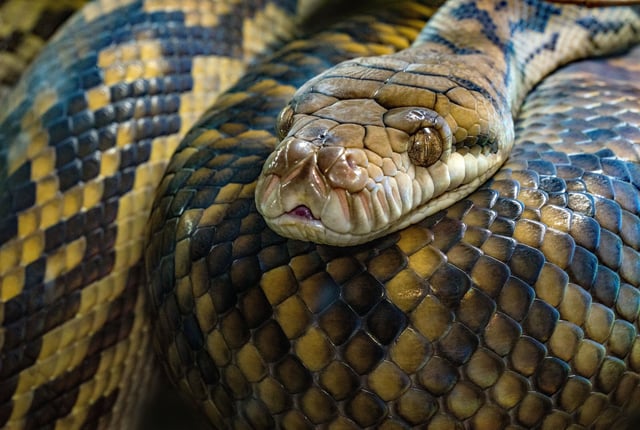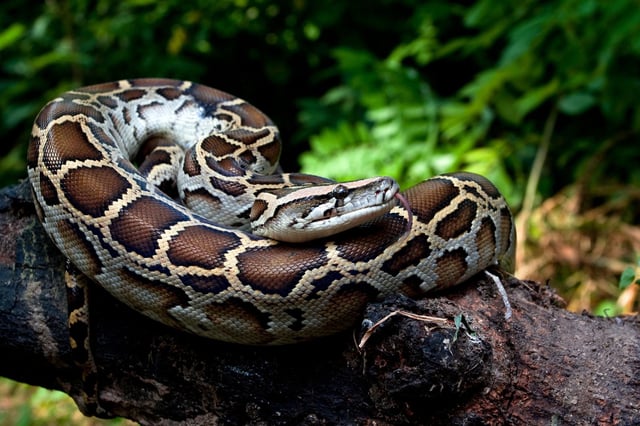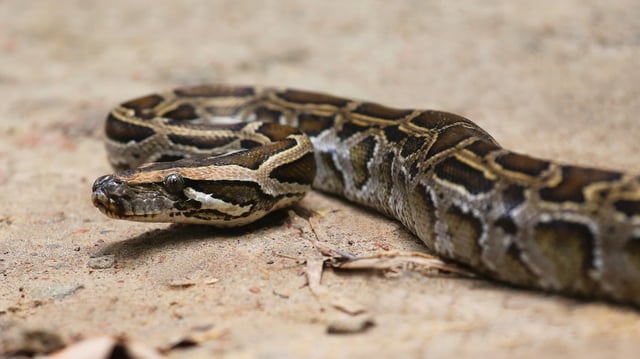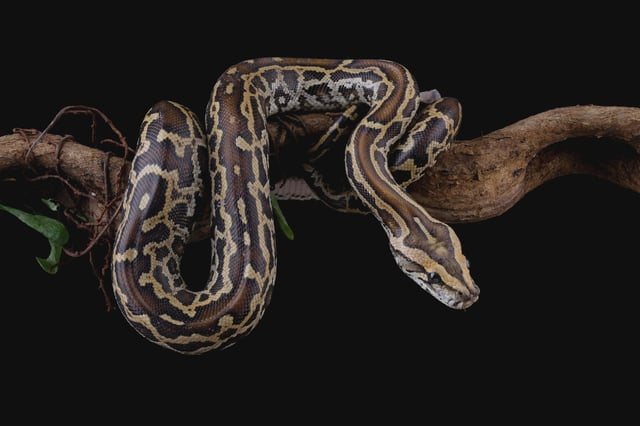Overview
- Using light and electron microscopy, a team led by Dr. Jehan-Hervé Lignot identified a narrow enterocyte with an apical crypt in the Burmese python intestine that produces calcium-, phosphorus- and iron-rich spheroids.
- Dietary experiments confirmed that snakes fed boneless prey lacked spheroid production while those on bone-in or calcium-supplemented diets exhibited abundant mineral-filled crypts and shed no bone fragments in their feces.
- Specialized cells sequester excess dissolved minerals and excrete surplus calcium and phosphorus to protect snakes from hypercalcemia during bone digestion.
- The same cell type was found in multiple python and boa species as well as in the venomous Gila monster, suggesting an ancient or convergent adaptation among bone-eating reptiles.
- Published in the Journal of Experimental Biology and presented at the Society for Experimental Biology conference, the discovery prompts calls for evolutionary studies of similar cells in other osteophagous vertebrates.



